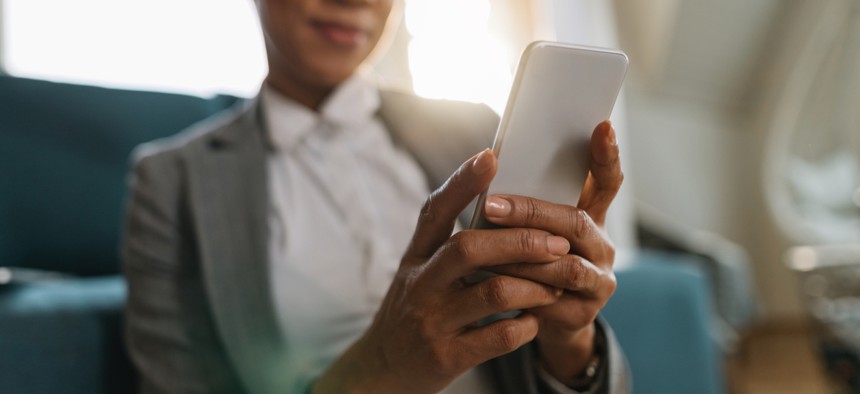To Connect with Other, Call Instead of Texting

Drazen Zigic/Shutterstock.com
Many people embrace texting to avoid awkwardness.
Though phone calls create stronger bonds than text-based communications, many people choose a text message or email out of fear of awkwardness, according to new research.
After months of social distancing, people are leaning heavily on technology for a sense of social connection. But the new study suggests people too often opt to send email or text messages when a phone call is more likely to produce the feelings of connectedness they crave.
In the study, people chose to type because they believed a phone call would be more awkward—but they were wrong, says Amit Kumar, assistant professor of marketing at the McCombs School of Business at the University of Texas at Austin.
“People feel significantly more connected through voice-based media, but they have these fears about awkwardness that are pushing them towards text-based media,” he says.
In one experiment, researchers asked 200 people to make predictions about what it would be like to reconnect with an old friend either via email or phone, and then they randomly assigned them to actually do it. Even though participants intuited that a phone call would make them feel more connected, they still said they would prefer to email because they expected calling would be too awkward.
“When it came to actual experience, people reported they did form a significantly stronger bond with their old friend on the phone versus email, and they did not feel more awkward,” Kumar says.
In another experiment, researchers randomly assigned strangers to connect either using text during a live chat, talking over video chat, or talking using only audio. Participants had to ask and answer a series of personal questions such as, “Is there something you’ve dreamed of doing for a long time? Why haven’t you done it?” or “Can you describe a time you cried in front of another person?”
Participants didn’t expect that the media they used to communicate would matter, and in this case, they also predicted that they would feel just as connected to the stranger via text as by phone.
But the researchers found when they really interacted, talking, not texting, helped people feel significantly more connected. And, again, they found it wasn’t more awkward to hear each other’s voices.
In fact, the voice itself—even without visual cues—seemed to be integral to bonding, the researchers found.
Confronting another myth about voice-based media, when researchers timed participants reconnecting with an old friend, they found the call took about the same amount of time as reading and responding to email.
The researchers say the results both reveal and challenge people’s assumptions about communication media at a time when managing relationships via technology is especially important, Kumar says.
“We’re being asked to maintain physical distance, but we still need these social ties for our well-being—even for our health.”
Nicholas Epley of the University of Chicago is a coauthor of the study, which appears in the Journal of Experimental Psychology.
This article was originally published in Futurity. It has been republished under the Attribution 4.0 International license.





